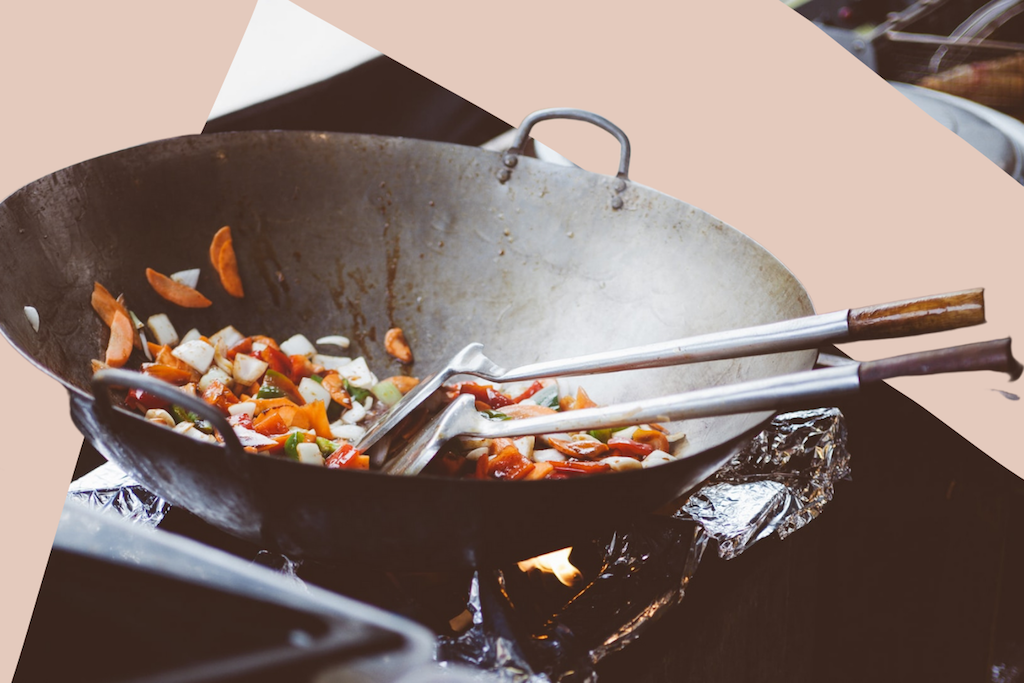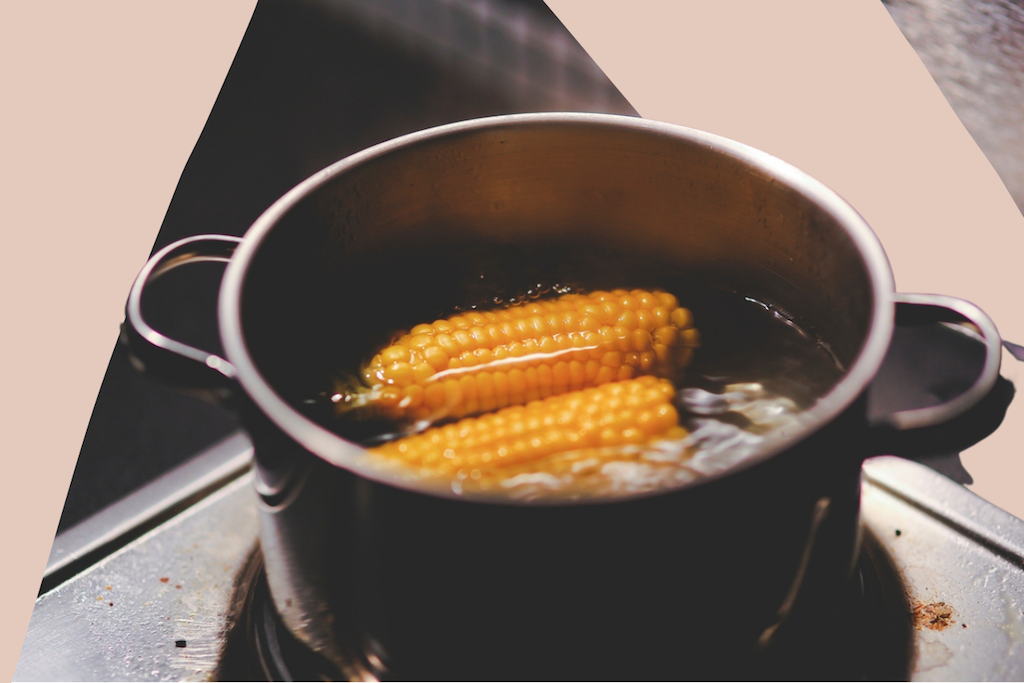Vegetables…you’ve got to love them, right? Providers of nutrition, texture, crunch, piquancy, sweetness, colour, contrast… you name it, and vegetables can bring it to the table.
If you cook them appropriately, that is. For so many in the UK, their idea of vegetables has forever been scarred by school dinners with the same rounds of carrot every day of the week, or by Christmas lunches where your mum had put the sprouts on to boil on Christmas Eve.
But when treated with respect and a lightness of touch, vegetables can be the star of any meal. Here are 6 different ways of cooking vegetables expertly.
SAUTÉING
Sautéing is something of an art form, allowing the cook to bring about a little browning in the humble vegetable, elevating it to dizzy new heights via something called the Maillard reaction. What’s more, sautéing doesn’t use a lot of fat and cooks the vegetables quickly, meaning it’s a relatively healthy method and one that retains the integrity of the vegetable, too.
To sauté, you will first need a skillet or sauté pan (basically, any pan with a handle and sides with a little height so you can flip your vegetables easily).
All you need to do is put your pan on over a high heat, and then add a little oil to the pan. An oil with a high smoking point is needed here, such as sunflower or vegetable oil.
Then, add in your desired vegetables, which have been cut to similar small sizes so they cook quickly, evenly and at the same speed. Then, all you have to do is keep the vegetables moving in the pan, either by using a spatula or a cheffy flick of the wrist, constantly flipping the vegetables until they’re browned all over but still with a bite. This should take around 3 to 5 minutes.
Season whilst your vegetables are still hot, and you’re done!
STIR FRYING
Though there’s a fair amount of largely semantic debate concerning the difference between sautéing and stir-frying, the difference mainly comes down to two things; the pan used and the temperature deployed.
Firstly, the pan; when stir frying, a wok is far and away the most effective pan you can use. Its high sides mean you can flip more skilfully, as well as enabling you to find pockets of lower heat should you need to. Woks are also better conductors of heat, meaning you can get them ripping hot; all in the name of achieving that elusive wok hei.
To achieve this ripping heat, you’ll generally need a stronger heat source, such as those used professionally in Chinese restaurants, than a domestic stove.
That said, if you are able to get your wok super hot, then the process is similar to sautéing; get the wok smoking, add a little oil, then add your vegetables and cook them quickly, keeping them flipping, moving and grooving at all times. Do so, and you’ll be rewarded with vegetables that retain their character, but are elevated by that charred flavour that only the wok can truly bestow.
Read: How to make the IDEAL egg fried rice in 5 simple steps

ROASTING
Roasting makes vegetables crispy and, ultimately, delicious by removing the extra water present in them and caramelising their surface by concentrating the vegetable’s natural sugars. Roasting may take a while but it is one of the most delicious ways of cooking vegetables, so have patience!
In a bowl, add in the vegetables you want to cook, drizzle 2-3 tablespoons of oil and mix them up so that the vegetables have just the required amount of oil on their surface, but not to an excessive degree. Now, add seasoning, salt, black pepper, and your favourite dry herbs and spices.
The next part is essential because now you will need to spread the vegetables on your baking tray so that they are sitting separate, giving them space to be roasted perfectly; they all need own little island here, in contact with the bottom of the pan and not in close proximity to their vegetable siblings, otherwise, they’ll steam.
The temperature and the amount of time you roast your vegetables will be down to the vegetable you’ve chosen and how large you cut it but, generally, 220°C for twenty minutes should have your vegetables nicely caramelised but not burnt.
Roast potatoes, a national favourite, are a different matter of course. Check out our guide on how to make the perfect Sunday roast for more on that.
BOILING
Arguably the easiest and most simple method of cooking vegetables is to boil them.
All you really need for boiling vegetables is a saucepan, water, salt and the vegetables you want. Bring a saucepan of water to the boil, add a good dose of salt, then boil your vegetables for a short time, the length of which will depend on the vegetable you’ll be using.
Boiling vegetables needn’t mean they’re mushy, collapsing and brown; by boiling them for just a short time, you retain the vegetable’s colour and crunch. Then, all they need is a sprinkle of salt.
Check out these perfect boiling recipes for a more in depth look at the cooking temperatures and times of various vegetables.

BLANCHING
Blanching follows the same process as boiling, but is generally used as a preparatory measure for a second cooking of the vegetable. Simply cook the vegetables for a minute or two in rolling, salted boiling water before ‘shocking’ them in a bowl of iced water to arrest the cooking process.
Then, you have a blanched vegetable that’s ready for a secondary cooking process, such as finishing over the griddle pan or barbeque whenever you need it. Delicious!
Read: 5 IDEAL spring vegetables and how to cook them
STEAMING
Steaming – the cooking of ingredients over a pan of steaming water in a specially designed steamer or sieve – is a wonderful way of cooking vegetables as the method retains the vegetable’s nutrients in a way that boiling may not. When you boil vegetables, some nutrients may leach out into the water; when you steam them, this doesn’t happen.
Steaming is also an incredibly healthy way to prepare vegetables as there’s no fat required for the cooking process. To retain the very essence of a vegetable, we think steaming might be our favourite cooking method of all.
As with the other methods we’ve discussed, steaming times vary according to the vegetable, though for most leafy green veg, such as broccoli or bok choy, 5 minutes should be sufficient.
Happy cooking!





